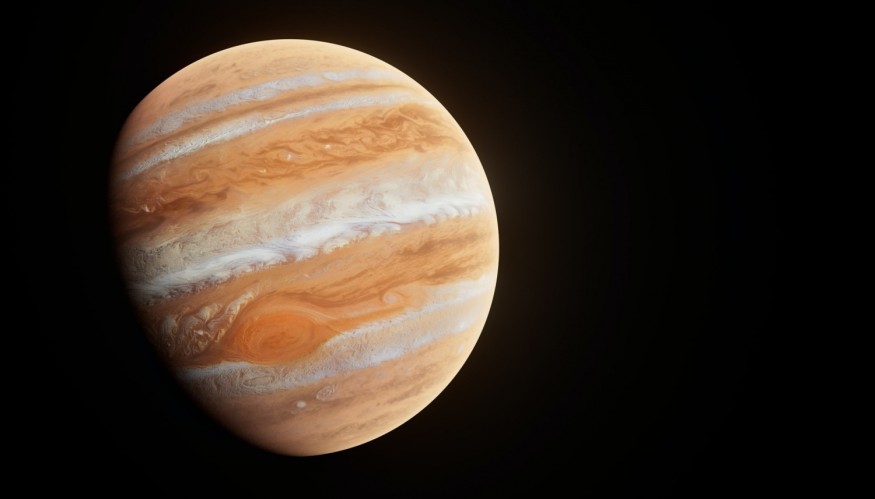Jupiter has the brightest aurora in our solar system.
On both Earth and Jupiter, the aurora is associated with charged particles in the planet's magnetosphere, the region surrounding the planet affected by the magnetic field.
However, Jupiter's magnetic field is about 20,000 times stronger than Earth's.
Meanwhile, the planet's moon Io is the most volcanically active world within the solar system.
It has over 400 active volcanoes that frequently shoot volcanic rock dozens of miles high, and wherever it falls into Jupiter's orbit and becomes plasma.
Newest aurora on Jupiter
According to ScienceDaily, researchers from the University of Leicester' college of Physics and astronomy used information from Juno's magnetic field Investigation (MAG), which measures Jupiter's magnetic field from orbit around it, and observations from the space Telescope Imaging Spectrograph carried by the Hubble Space Telescope.
NASA's Juno spacecraft and Hubble Space Telescope have discovered new proof suggesting Jupiter's fast rotation and the discharge of sulfur and oxygen from volcanoes on Io create an electric powered contemporary gadget that drives the effective auroras discovered across the gas giant's poles, according to Space.
Jonathan Nichols, lead author of the study from the University of Leicester, said in the statement, "We've had theories linking these electric currents and Jupiter's powerful auroras for over two decades now, and it was so exciting to be able to finally test them by looking for this relationship in the data."
"When we plotted one against the other I nearly fell off my chair when I saw just how clear the connection is," he added.
The 'Tug-of-War' of Jupiter and Io

Jupiter rotates about once every nine and a half hours around its axis, despite its huge size, which is more than 11 times the diameter of the Earth, as per Sciencedaily.
The Io is similar in size and mass to the Earth's Moon but orbits Jupiter at an average distance of 422,000 km at about 10% apart.
With more than 400 active volcanoes, Io is the most geologically active object in the solar system.
Scientists have long suspected the relationship between Jupiter's aurora and the material released from Io at a rate of hundreds of kilograms per second, but the data collected from Junho proved ambiguous.
Also published by Sciencedaily, much of the material released by Io is expelled from Jupiter by the planet's rapidly rotating magnetic field, and its spin rate tends to slow as it moves outwards.
This leads to an electromagnetic tug of war, where Jupiter attempts to keep this material at rotational speed through a system of currents flowing through the planet's upper atmosphere and magnetosphere.
It has been thought that the components of the current flowing from the planet's atmosphere are carried by electrons shot down into the upper atmosphere along the lines of magnetic force and drive Jupiter's main aurora radiation, as per Space.
© 2025 NatureWorldNews.com All rights reserved. Do not reproduce without permission.





